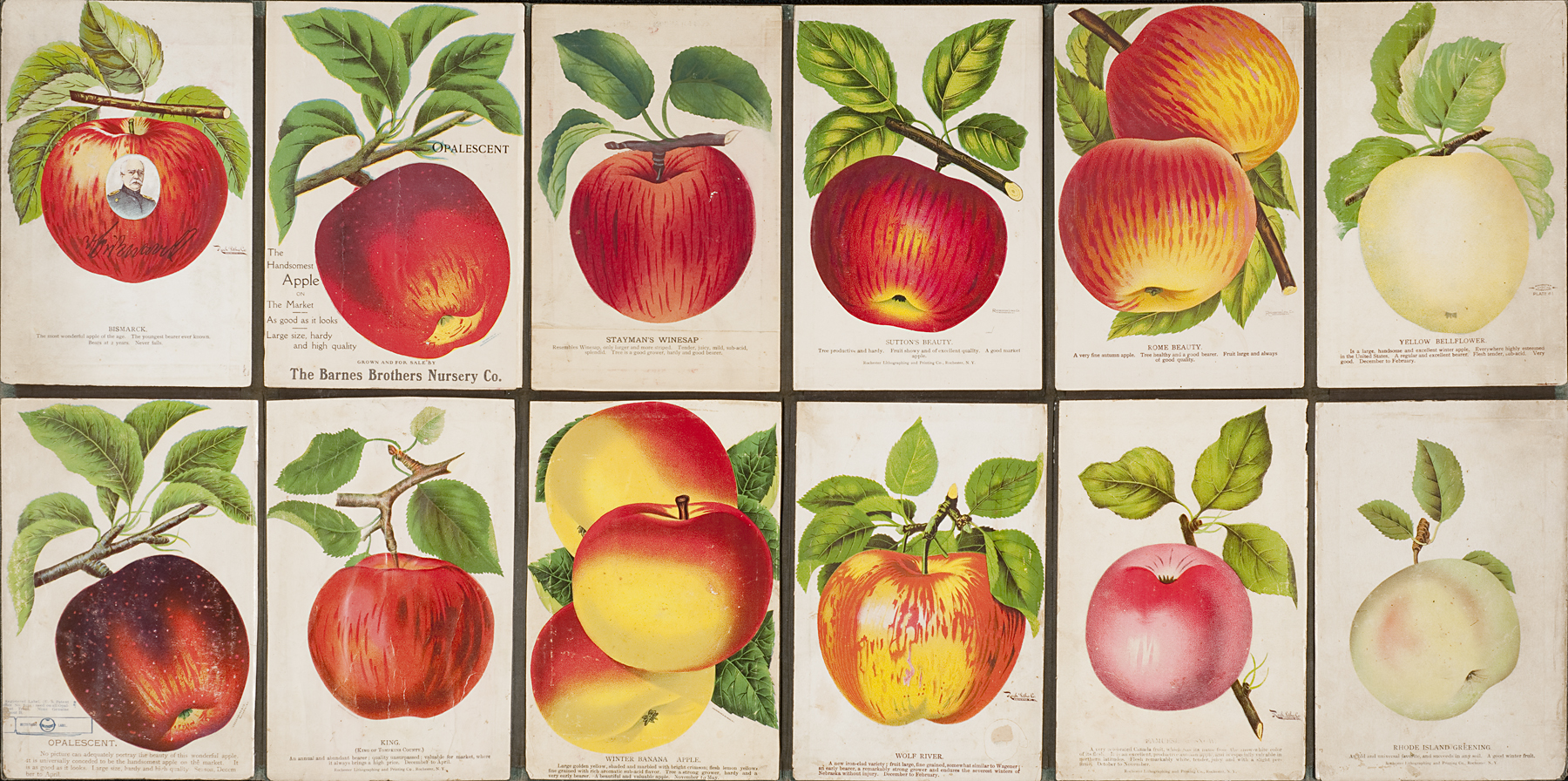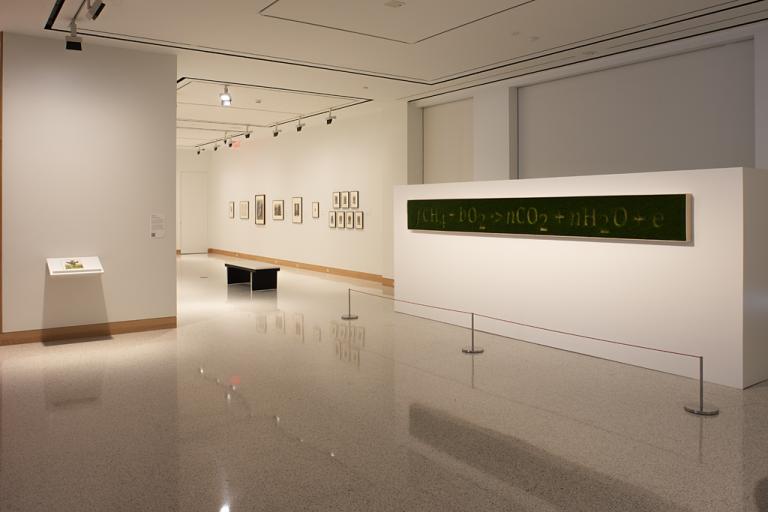apple tree salesman's sample book, Rochester Lithographing and Printing Co.
Artwork Overview
active 1870–1900s
apple tree salesman's sample book,
early 1900s
Where object was made: Rochester, New York, United States
Material/technique: chromolithograph; paper
Dimensions:
Object Height/Width (Height x Width): 440 x 880 mm open
Object Height/Width (Height x Width): 17 5/16 x 34 5/8 in
Object Height/Width/Depth (Height x Width x Depth): 219.07 x 142.87 x 12.7 mm completely closed
Object Height/Width/Depth (Height x Width x Depth): 8 5/8 x 5 5/8 x 0 1/2 in
Object Height/Width (Height x Width): 440 x 880 mm open
Object Height/Width (Height x Width): 17 5/16 x 34 5/8 in
Object Height/Width/Depth (Height x Width x Depth): 219.07 x 142.87 x 12.7 mm completely closed
Object Height/Width/Depth (Height x Width x Depth): 8 5/8 x 5 5/8 x 0 1/2 in
Credit line: Museum purchase: Elmer F. Pierson Fund
Accession number: 2013.0043
Not on display
If you wish to reproduce this image, please submit an image request


